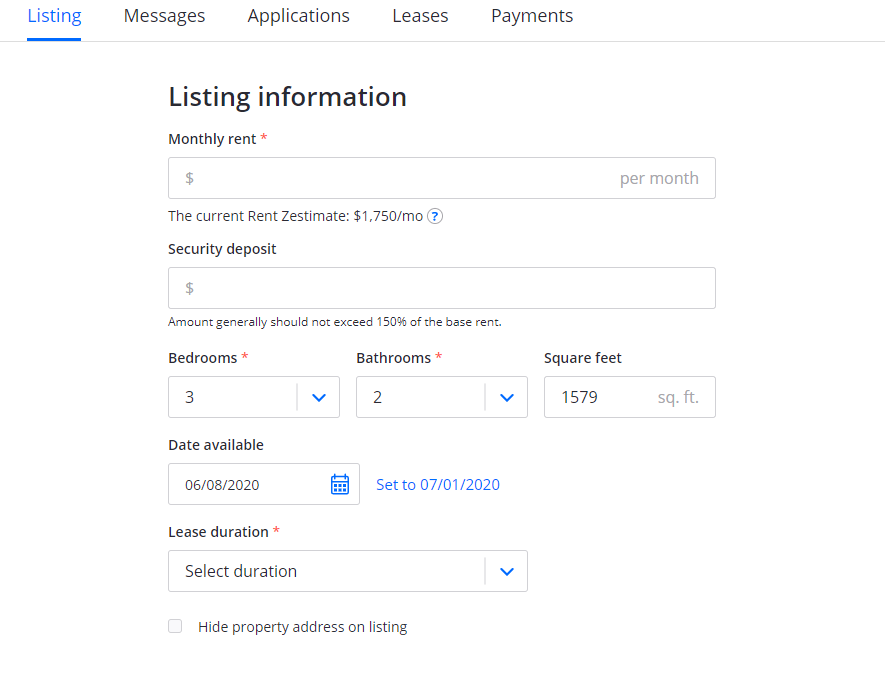
Real estate asset management focuses on minimizing risk while maximizing return on investment. Asset managers take into account the whole life cycle of an asset and provide investors with firsthand information on factors that affect its performance. They also develop economic strategies and execute them for investors.
The role of asset manager has grown as institutional ownership has replaced individual ownership. A property manager usually has years of experience in the particular asset class they manage. This includes market analysis, portfolio optimization, data analytics, forecasting, and forecasting. Real estate investments present many challenges. You need to be familiar with tax and legal laws.
The strategy of property asset management involves the development of a business plan and making strategic improvements to maximize the value of assets. Asset managers create an accurate inventory of each property, including rents and operating expenses. These are key factors in determining how to structure leases in order to attract tenants. It is crucial to have a good property manager in order to make a profitable investment.

Business plans typically include a market study to determine local demand, an assessment and forecast of supply, a cost estimation for property improvements, and evaluation of management possibilities. Once the business plans are developed, they can be used to increase the property's worth and generate stable cash flow.
Real estate is more complicated than capital markets. It takes time to purchase and manage properties. Asset managers can leverage their investment expertise to invest in real-estate. Asset managers may conduct stress tests to assess investor portfolios.
A professional real estate asset manager is essential for any investor, whether passive or active. You can have peace of mind knowing that your property manager is monitoring your investments and working with you to achieve your goals.
Ideally, asset managers will integrate a boots-on-the-ground presence into their investing efforts. This will allow them to provide regular updates, track data, make strategic decisions, and help improve the portfolio's overall performance. Advisors can help investors determine the most efficient strategies to improve their investments' value. Asset managers can help you increase your return by as much as 30%.

Asset management is not something new. It has evolved over 50 years. Asset managers can help you increase the value and minimize your expenses while managing your investments. You can get firsthand information from them about market trends and factors.
Asset managers are responsible in the execution of market research, budgeting as well as leasing and capital improvements. Many times, they are responsible for managing a portfolio that includes eight to twelve properties. Depending upon the size and complexity of your investment portfolio, an Asset Manager may concentrate on a specific area, type, or combination of both.
FAQ
Is it possible to have my faucets fixed by a handyman?
Although a handyman may be able to handle minor repairs, he will not have the necessary training to tackle major projects such as wiring a house or installing custom cabinets. There are many things a handyman could do for minor home improvements.
How often should I employ a handyman to help me?
It all depends on what your project is. A handyman may be all you need for a small job, such as replacing a light bulb. But, if you have a lot to remodel, you may need multiple handymen.
What qualifications does a handyman need?
Being a handyman requires patience. A strong understanding of home maintenance and electrical systems are essential.
It is likely that you will find many jobs for people who have the right qualifications. But if you don’t, you may not be qualified.
A school that specializes is a good place to start your training.
Do professional handyman services really make sense?
It all depends on the type project that you wish to have completed. For complex projects, such as an office renovation or construction project, a professional handyman would be a great option.
Are there any tips from a handyman about how to improve my home and make it more beautiful?
Absolutely! Handyman training is in all areas of home repairs and maintenance. He or she is trained in what repairs are needed and what does not. Do not hesitate to seek advice whenever you are in need.
Statistics
- Our handyman services for seniors are provided by professional senior helpers who have been serving the community for over 20 years with 98% customer satisfaction. (cantatahomeservices.org)
- An estimate was that in 2003, the market for home maintenance and repair spending was up 14% 2001 to 2003. (en.wikipedia.org)
- More than 20% of homes in America have outdoor living spaces, including decks and patios. (mrhandyman.com)
- “Once the pandemic hit, that number fell to about 20%.” (inquirer.com)
- Mila keeps a commission of 20% for each completed service performed by Friends and charges various service fees regarding work done by Pros. (appjobs.com)
External Links
How To
How to Replace Broken Tiles
Step 1: Remove the old tiles.
Removing the tiles from your flooring is a good idea. If you intend to use them, you will want to keep them intact. Note which pieces are missing or damaged to avoid having to search for replacements.
Step 2: Choose New Tiles
Look at these different options for replacing tiles.
-
Locate a replacement tile that is the same as the one you just removed.
-
Use the measurements you took when removing the tile to find a matching piece. This allows you to easily find the perfect size without needing to measure again.
-
Be open to different colors, patterns or textures.
-
Consider which grout you would like to use, if any. Some people prefer solid color; others enjoy mixing it up.
-
Be sure to select a tile that is resistant against moisture.
-
Finally, consider the placement of your new tile -- you can save time and money by ensuring the area you're installing it in has enough space for proper installation.
-
Once you've found the tile that suits your needs, you can place your order online.
Step 3 – Install the new tiles.
You can install new tiles in the same way you did before. It's important to align them correctly in order for them to fit together.
Step 4 -- Clean Up
Be sure to sweep up all debris from the floor before applying the final protective layer.
This will prevent dirt or dust from collecting between the tiles and causing mold.
Step 5 – Sand down the floor
After cleaning, sand the floors to remove any particles.
Step 6 - Finish Off
After the floor has been smoothed, you can apply protective coatings to the tiles. Because wet paint can cause damage to the tiles' surfaces, it is important that you wait.
To help prevent stains, you could always use a product called 'damp-anddry' on your floors.
However, it won't cover every possible problem that may occur after you've installed your new tiles. An anti-slip coating can be added to the protective layer for children who are often running around.
Last but not least, be sure to leave the protective sealing on for several weeks before you return to your home.